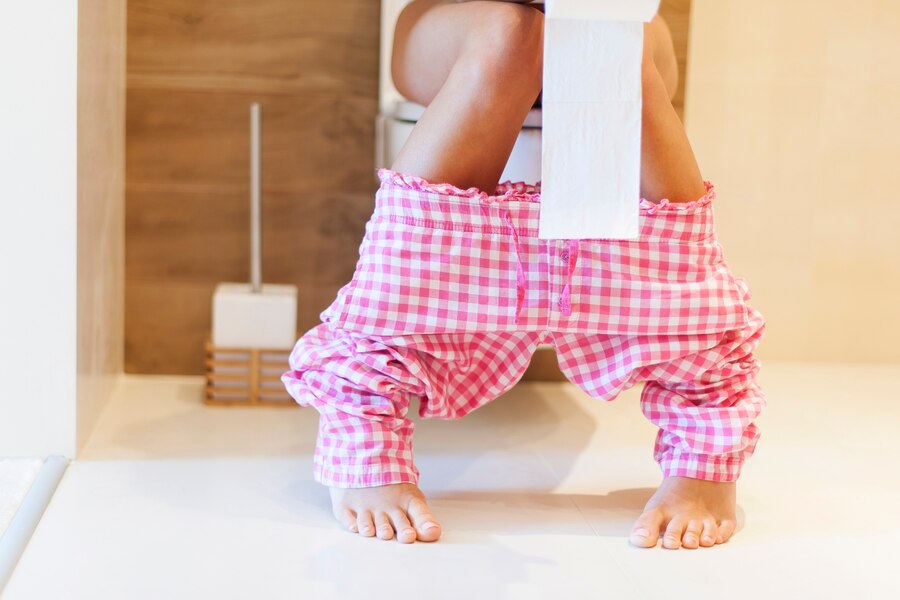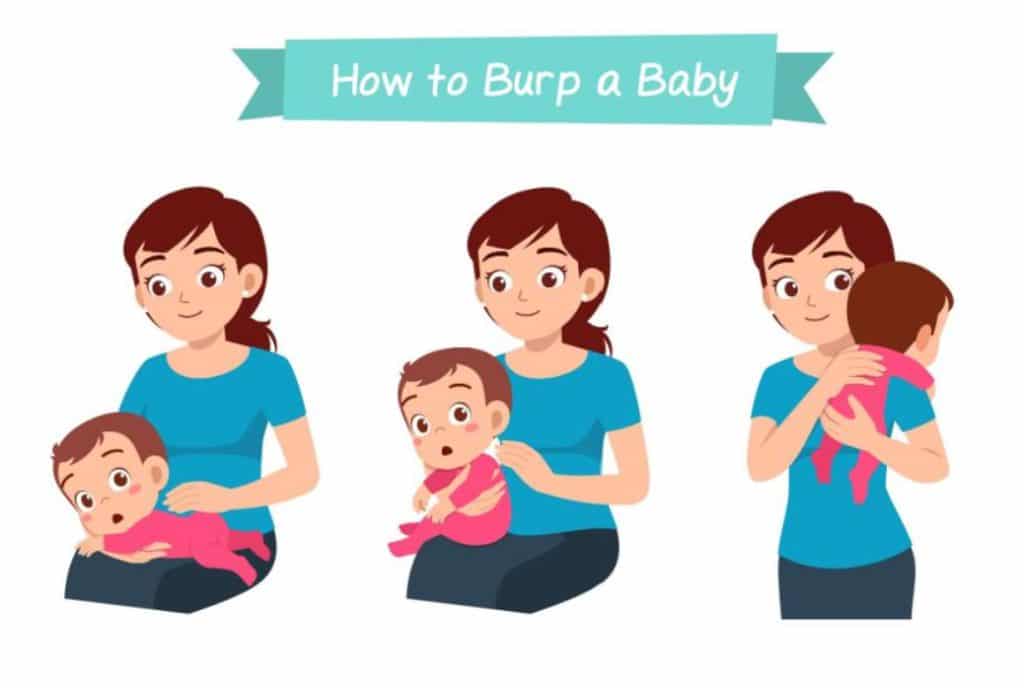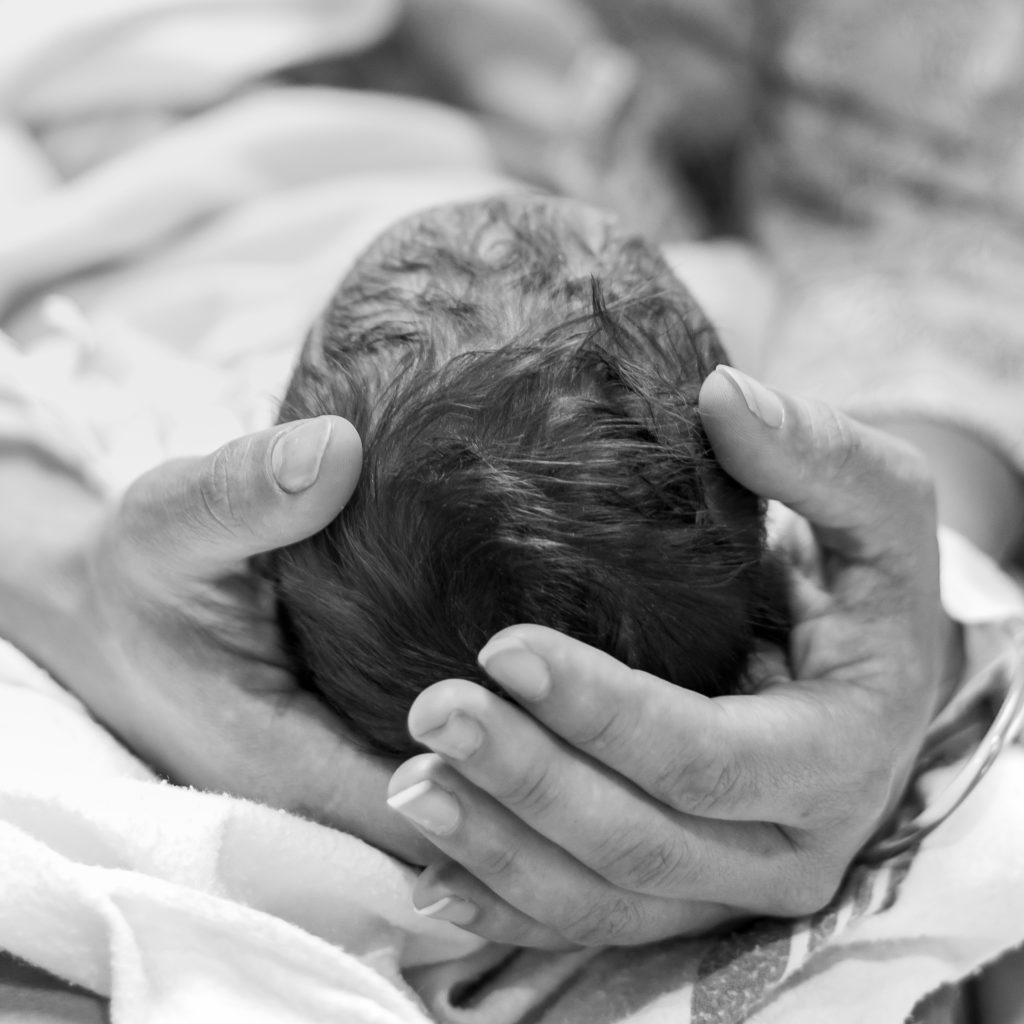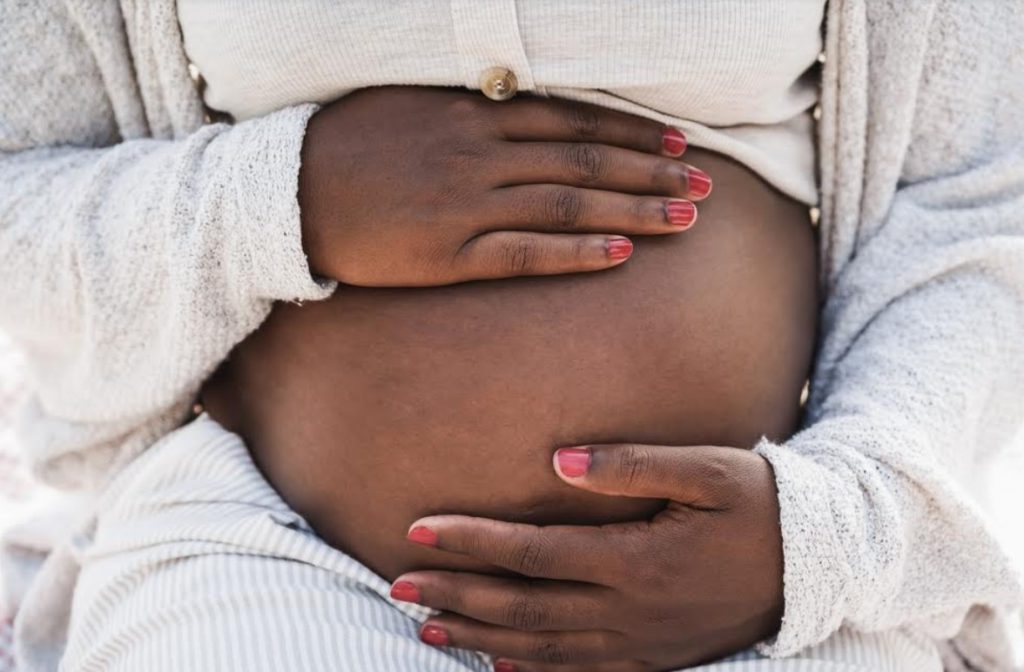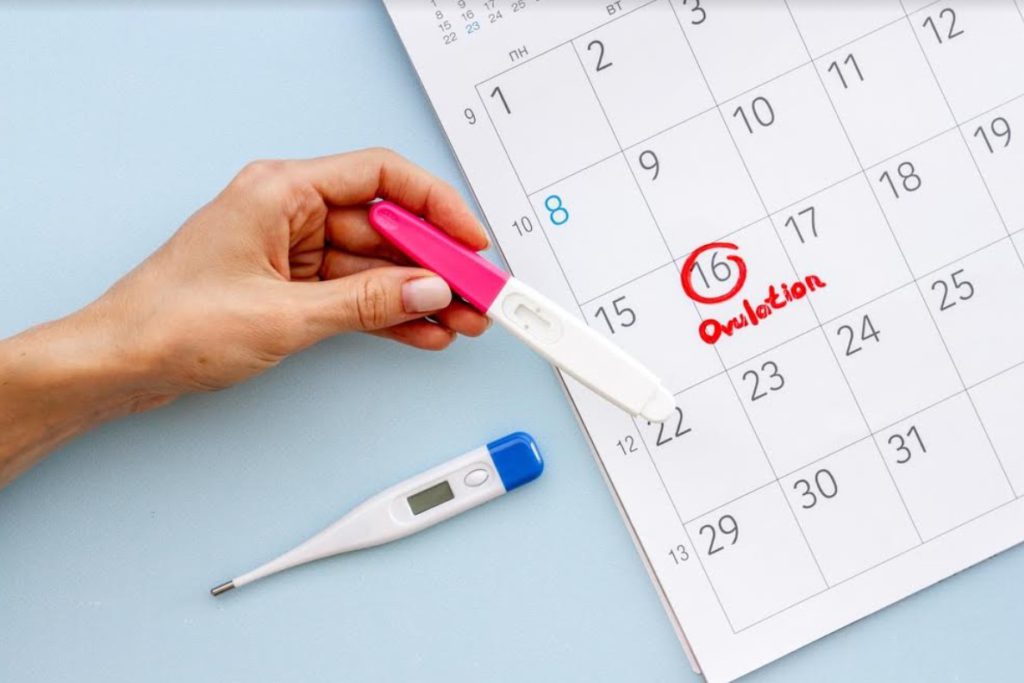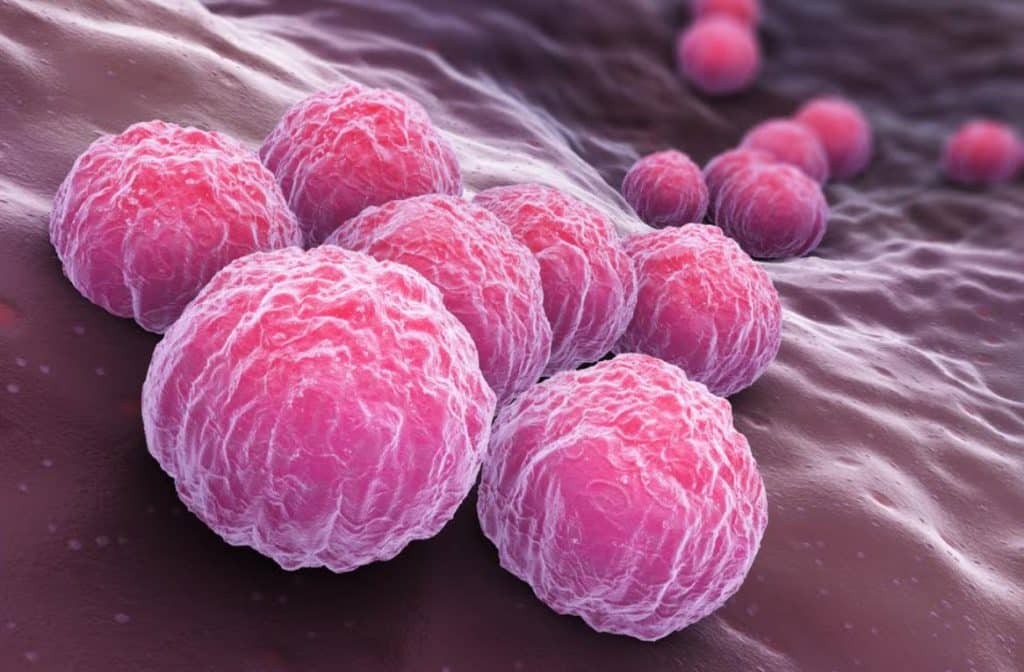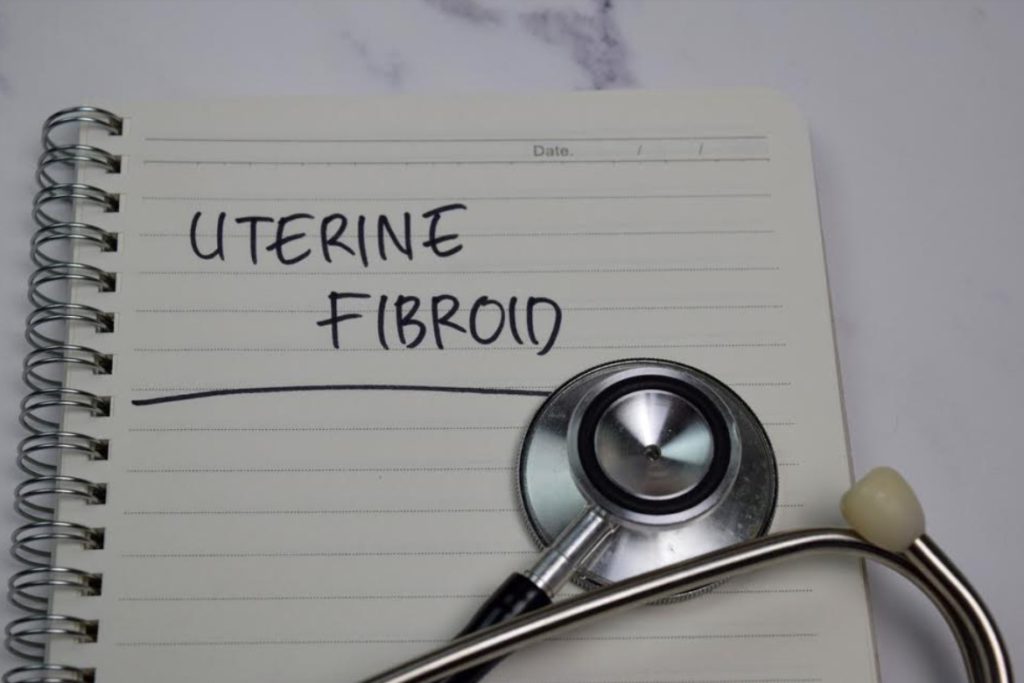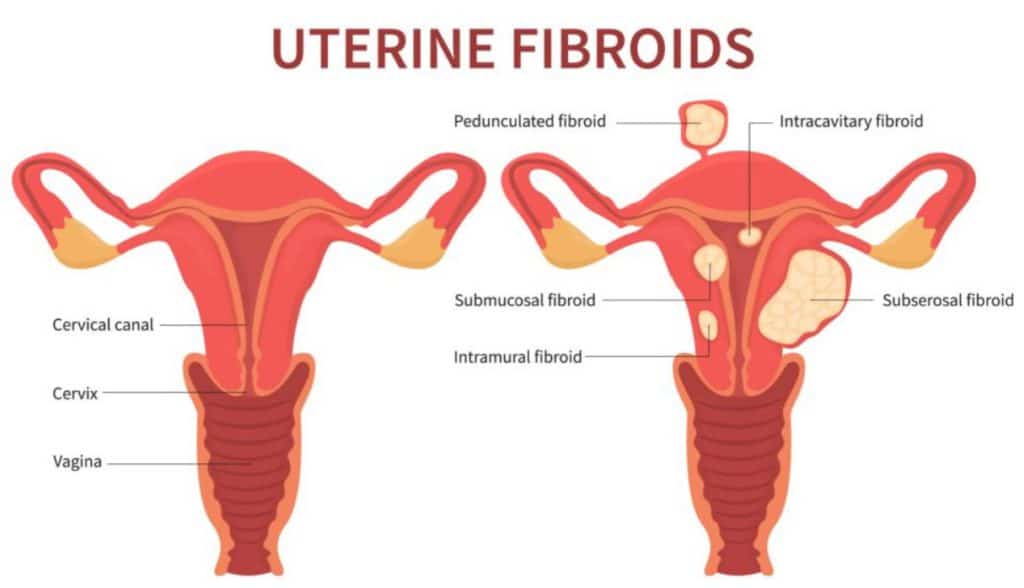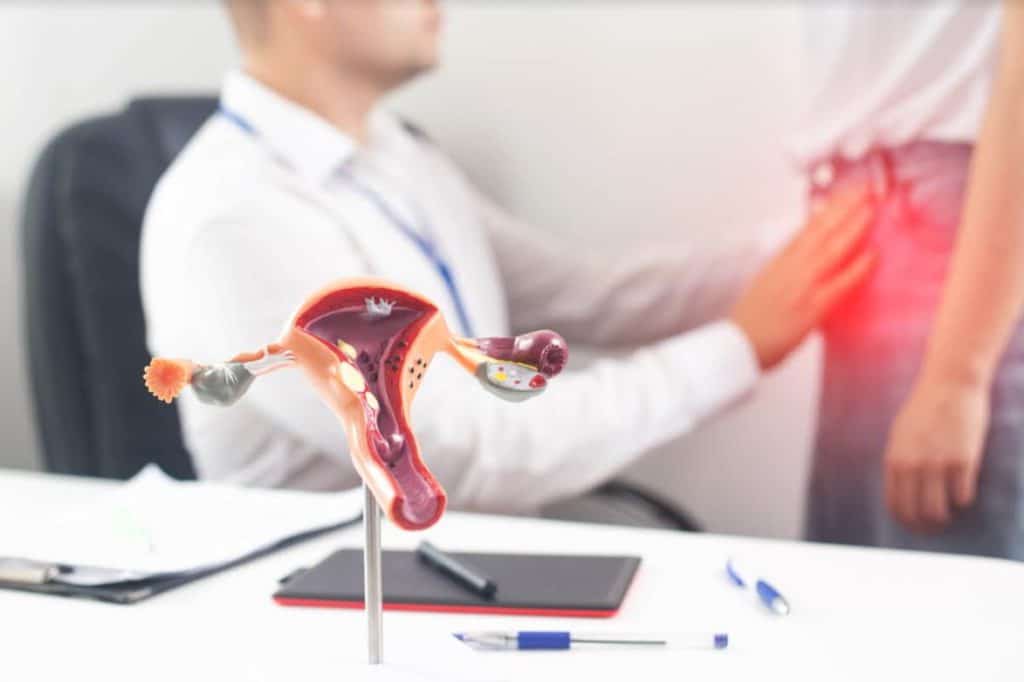The pregnancy journey was long and tedious but you made it through. You have got your bundle of joy with you as a reward for your efforts. You’re now settling into being a parent and seem to be getting the hang of things. However, you can’t get over your baby crying for hours on end with no obvious reason. What you are experiencing may just be another stage in raising a newborn; Colic in Babies.

Unfortunately, many new mothers may have to deal with these prolonged crying fits in the first few weeks after birth. No doubt, colic in babies can be a huge source of stress to these parents. But what is colic and how do you manage one? Read on to find out!
What is a Colic?
Colic is simply when a baby, who is generally healthy, fusses or cries a lot for no obvious reason. However, colic in babies is beyond fussiness or crying. These crying fits usually last for more than three hours per day, for at least three days a week, for longer than three weeks. It may affect up to 1 in 4 newborns and it occurs most often during the newborn’s first six weeks of life.
Colic episodes often begin suddenly and may leave you feeling like there is nothing that you can do to relieve your child. Managing colic can add a great deal of stress to taking care of your newborn. This is because aside from the fussiness and crying which will eventually stop, colic episodes tend to take place in the evening when parents themselves are even more exhausted from the day’s activities.
Causes Of Colic in Babies
Some parents might get upset with themselves when their child has colic episodes. They may begin to feel the colic happens because they are inadequate or doing something wrong. If this is your situation, be assured that you are doing the very best that you can.

The causes of colic in babies are still a bit of a mystery to experts. However, it is suspected that colic in babies may occur due to:
- A developing digestive or nervous system
- Sensitivity and overstimulation
- Fear, frustration, or excitement
- Inability to calm themselves.
- Food allergies or intolerances
- Overfeeding, underfeeding or infrequent burping after a meal
- An early form of childhood migraine
So How Can You Manage Colic in Your Baby?
You may not be able to avoid or prevent your baby from being colicky. Unfortunately, you may not be able to relieve your baby on some days no matter how hard you try. Nevertheless, here are some tips to help your baby calm down:
- Talk with your doctor to learn more about colic and your options. You should ask your doctor whether any foods or drugs you’re using while nursing could irritate your baby or trigger an allergic reaction.
- Watch out for signs of hunger in your baby, but be careful not to overfeed them. One way you can be sure your baby is getting enough milk is through smaller, frequent feedings.
- While feeding, position your baby upright as this makes it less likely to ingest air. You should also make sure the holes in the bottle teats are the appropriate size as your baby will likely consume more air during each meal if they are too little.
- Ensure that you have properly burped your infant after feeding. They should either be seated upright or held on your shoulder so that their head and neck are supported while you burp them.
- Taking your baby for a lengthy drive in the car, walking in the baby stroller or doing things to keep them in motion can help to calm them down.
- Some infants respond well to being held so you can try placing their exposed skin up against yours and rocking them gently.
- A warm bath or gentle massage to their stomach and back may also help.
- Wrap them up in a cosy blanket during a crying episode.
- Frequent picking up of an infant might increase their crying so it is better to soothe them in a calm area with low lighting and when they are feeling better, let them stay in the crib for a little while longer.
Other suggestions for managing colic in babies include:
- Talking or singing softly to your baby.
- Using a pacifier.
- Using white noise such as a recording of a heartbeat or background noise, such as that made by a whirring fan or vacuum cleaner.
- Placing them in a vibrating seat or swing.

Remember To Take Care Of Yourself Too
Thankfully, colics do not cause short-term or long-term medical problems for a child. However, it can be very stressful for parents. In addition to increasing the risk of postpartum depression in mothers and early breastfeeding cessation, colic could also cause feelings of guilt, weariness, helplessness, or rage.
To deal with colic, you need to try to be as calm, patient, and attentive as possible to help your baby. Take a break and ask for help when you need it.
Remember, being in the best condition means that you can soothe your baby to the best of your ability so you must take care of yourself as well.


